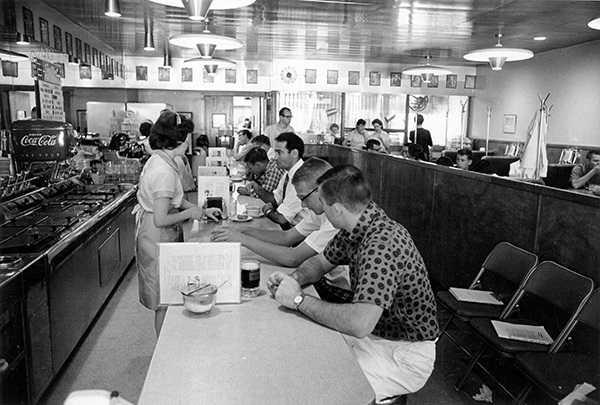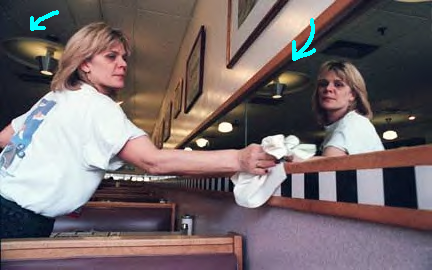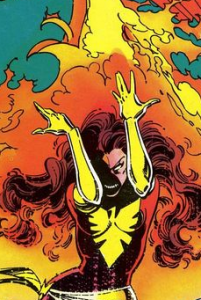The novel’s protagonist is an idealistic architect, described as having “a long face with high pronounced cheekbones, and pale blue eyes” – also long arms, unruly light-coloured hair, and a “loose gangly walk.”

The architect has strong architectural principles that are often at odds with those of his clients. He hates “tiny white-walled rooms with cottage cheese ceilings,” and feels compelled to “blast some space and light into them.” He sees “homes as organisms …. a work of art that you live in. If you live in a work of art, it does something to you. … It gives you a good feeling.”
The architect protagonist has a mentor, an aging, eccentric, somewhat cantankerous father figure from whom he inherits a difficult struggle against powerful social forces.
Another burden the protagonist has to endure is seeing the woman he loves in a relationship with a charismatic, unscrupulous, power-driven man he regards as his worst enemy.
The novel’s climax involves a development project of which the architect disapproves, and which he undertakes to sabotage.
The novel begins with the architect laughing, up in the hills, surrounded by nature, and walking down to the town where he lives. It ends with his solitary figure against a background of sky and sea.
The novel is not, even remotely, The Fountainhead.




